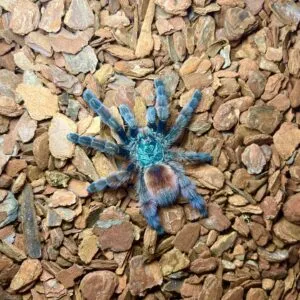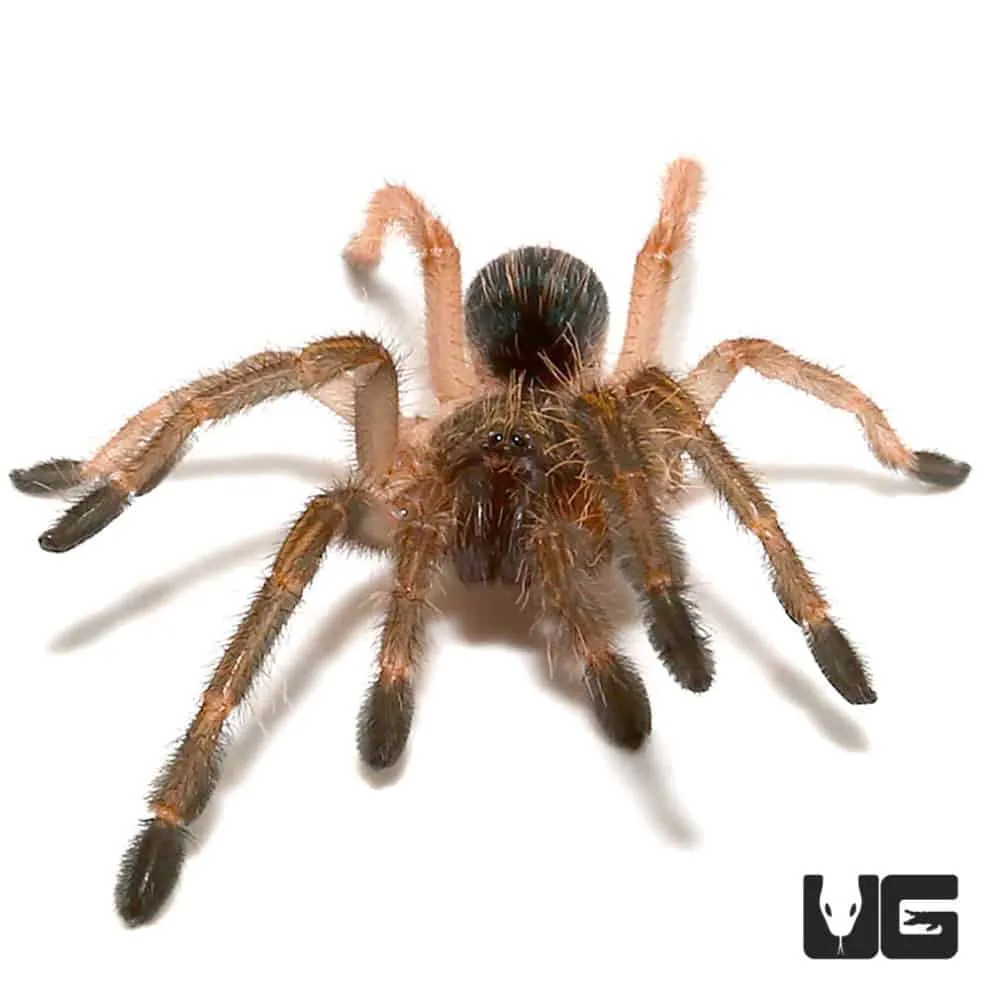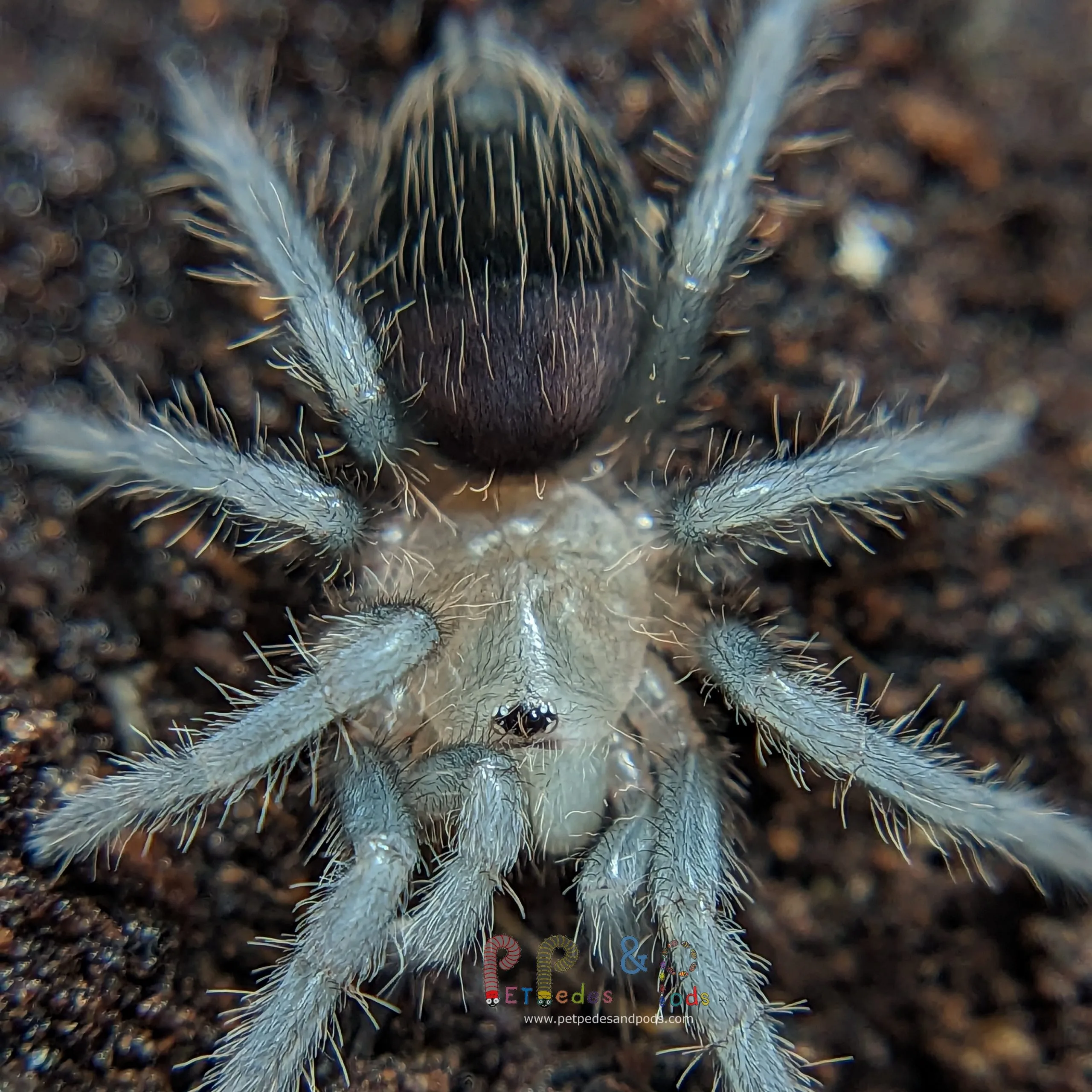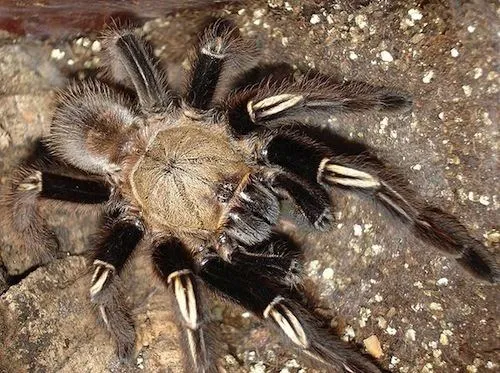Tarantula Slings Top 5 Care Tips
Caring for tarantula slings can be a rewarding experience, offering a fascinating glimpse into the world of these arachnids. These tiny creatures, often only a fraction of an inch in size, require specific care to thrive. Understanding their needs from the outset is crucial for ensuring their well-being and longevity. This guide provides the top five essential care tips for tarantula slings, covering everything from enclosure setup to health monitoring, giving you the knowledge to provide a safe and enriching environment for your new pet. This is a comprehensive guide designed to provide you with everything you need to know to care for your tarantula sling, ensuring a healthy and thriving pet. By following these top five care tips, you’ll be well on your way to becoming a successful tarantula keeper.
Proper Enclosure Setup for Tarantula Slings
The enclosure is the tarantula sling’s world; therefore, it is very important to create a habitat that mimics their natural environment, ensuring they feel safe and secure. The size of the enclosure must be proportionate to the sling’s size. A small, clear plastic container with a secure lid is often ideal. A good rule of thumb is an enclosure about three times the spider’s leg span. This prevents the sling from feeling overwhelmed and makes it easier to find food and water. Ventilation is also vital to prevent mold and maintain air quality. This should include cross-ventilation to ensure fresh air circulation while maintaining the humidity level. A well-designed enclosure is the foundation of a healthy tarantula sling, providing the space and environment it needs to thrive. Always make sure the enclosure is escape-proof to prevent the sling from escaping and potentially getting lost or injured.
Substrate and Ventilation

The substrate is the material at the bottom of the enclosure and serves multiple purposes, including providing a surface for the tarantula to burrow, helping to maintain humidity, and absorbing waste. For tarantula slings, a substrate that retains moisture without becoming overly saturated is important. A mixture of peat moss, vermiculite, and coco fiber works well, as it strikes a good balance between moisture retention and drainage. The substrate depth should be about twice the spider’s leg span, giving the sling enough space to burrow if it chooses. Ventilation is equally important. Without proper airflow, the enclosure can become stagnant, leading to the growth of mold and bacteria. Make sure you have ventilation holes on the sides and top of the enclosure. Ensure that these holes are small enough to prevent escape, while still allowing adequate airflow. Good ventilation contributes to a healthier environment and is essential for the overall well-being of your tarantula sling. (Image: tarantula-sling-substrate)
Temperature and Humidity Control
Maintaining the correct temperature and humidity levels is critical to the health and well-being of your tarantula sling. Tarantulas are ectotherms, meaning they rely on their environment to regulate their body temperature. Most tarantula slings thrive in temperatures between 75°F and 80°F (24°C to 27°C). Use a thermometer to monitor the temperature inside the enclosure, and a heat source such as a heat mat can be used if needed, but avoid placing the heat source directly under the enclosure. Humidity levels are equally important. Tarantula slings need a relatively humid environment to successfully molt. Aim for a humidity level of 70% to 80%. This can be achieved by misting the enclosure with dechlorinated water and monitoring with a hygrometer. Misting should be done lightly to avoid over-saturating the substrate. Consistent monitoring of temperature and humidity and making necessary adjustments will promote healthy growth and molting. (Image: tarantula-sling-temperature)
Feeding Your Tarantula Sling
Feeding your tarantula sling correctly is crucial for its growth and development. Tarantula slings have a high metabolism, so they need regular meals. A well-fed tarantula is a healthy tarantula. The key is providing appropriately sized food items and ensuring the sling is getting enough nutrition without overfeeding. This section will cover what to feed, how often, and how much to give your growing spider.
Choosing the Right Food

Tarantula slings are primarily insectivores, meaning they eat insects. For slings, the size of the food item is essential; it should be no larger than the tarantula’s abdomen. Good choices for food include flightless fruit flies, small pinhead crickets, or pre-killed mealworms. Avoid feeding wild-caught insects, as they may carry parasites or pesticides that can harm your tarantula. The insects should be gut-loaded before feeding to increase their nutritional value. This is done by feeding the insects a nutritious diet such as fish flakes, vegetables, and fruits for at least 24 hours before offering them to your sling. This ensures your sling receives a well-balanced diet. (Image: tarantula-sling-feeding)
Feeding Frequency and Portion Size
The feeding frequency for tarantula slings depends on their age and growth rate. As a general guideline, feed slings 2-3 times per week, and always adjust to the individual spider’s needs. Observe your sling’s abdomen; a well-fed tarantula will have a slightly rounded abdomen. If the abdomen appears too large or distended, reduce the feeding frequency. The portion size should be one appropriately sized insect per feeding. Remove any uneaten food within 24 hours to prevent mold growth and maintain hygiene in the enclosure. Proper feeding ensures the tarantula gets the nutrients needed for growth and development. Regularly check your sling’s condition, and adjust feeding accordingly for optimal health and growth.
Watering and Hydration
Providing fresh water is essential for the health and survival of your tarantula sling. Tarantulas obtain water from their environment, and dehydration can be a serious problem, especially for slings. Proper hydration supports molting, aids in digestion, and helps the spider function correctly. This section covers how to provide water and maintain hydration levels.
Providing Fresh Water

Tarantula slings can easily drown in a large water dish, so providing a safe water source is important. Use a shallow water dish, such as a bottle cap or a small, shallow dish specifically designed for arachnids. Another option is to provide water by misting the enclosure. Mist the enclosure once or twice a week, ensuring the droplets are small enough for the sling to drink without being overwhelmed. Always use dechlorinated water to prevent the harmful effects of chlorine and chloramine. Tap water should be treated with a water conditioner to remove chlorine and chloramine, or you can use bottled spring water. A consistent and accessible water source is critical for the health of your tarantula sling. (Image: tarantula-sling-water)
Maintaining Humidity Levels
Humidity plays a vital role in the hydration of a tarantula sling. A humid environment prevents dehydration and supports successful molting. The humidity level should generally be maintained between 70% and 80%. The humidity can be regulated by misting the enclosure, adding moist substrate, and ensuring good ventilation. Mist the enclosure lightly with dechlorinated water, avoiding over-saturation. Regularly monitor the humidity levels using a hygrometer. If the humidity is too low, increase misting frequency and use a deeper layer of moist substrate. Good ventilation will prevent the buildup of mold and bacteria, which can arise from high humidity levels. Maintaining proper humidity levels, combined with access to fresh water, ensures that your tarantula sling stays hydrated and healthy. (Image: tarantula-sling-humidity)
Handling and Safety Precautions
Handling tarantula slings is generally not recommended, as they are very delicate and can be easily injured. Additionally, slings can be skittish and may bite if they feel threatened, although their venom is not typically dangerous to humans. Safety and the well-being of both the spider and the handler are paramount. This section covers tarantula behavior and safe handling techniques, ensuring both you and your sling remain safe and unharmed.
Understanding Tarantula Behavior

Tarantula slings, much like adult tarantulas, exhibit certain behaviors that can provide insights into their well-being and intentions. Slings are naturally defensive and may act aggressively when they feel threatened. Recognizing these behaviors is critical to avoid being bitten and ensuring the safety of the sling. Understanding their behaviors helps to predict their reactions and allows for better management. Some common behaviors include fleeing, raising their front legs in a threat posture, or flicking urticating hairs (in species that have them). Observe your sling regularly to understand its individual personality and behavior patterns. This knowledge can help you respond appropriately to the spider’s needs. It allows for safer interactions and ensures the sling is kept in a low-stress environment. (Image: tarantula-sling-behavior)
Safe Handling Techniques
It is not recommended to handle tarantula slings unless absolutely necessary, such as during enclosure maintenance. If handling is required, do so with extreme caution. Gently coax the sling into a container, such as a clear plastic cup, to move it. Avoid touching the sling directly as it could be easily injured. Keep the container close to the ground in case the sling falls. Always handle tarantulas in a safe, enclosed area to prevent escape. Wash your hands thoroughly before and after handling to prevent the spread of any potential pathogens. Remember, handling should be minimized to reduce stress and prevent accidental injuries to the spider. Prioritizing the safety of the sling and using appropriate handling techniques are essential to responsible tarantula care. (Image: tarantula-sling-handling)
Monitoring for Health and Molting
Regularly monitoring your tarantula sling for signs of health and molting is critical to its long-term well-being. Slings are vulnerable during molting and illness. Identifying the signs of molting and potential health issues can help you take necessary action. This section discusses how to recognize these important processes.
Recognizing Signs of Molting

Molting is the process by which tarantulas shed their exoskeleton to grow. Recognizing the signs of an impending molt is important. The sling may become less active and stop eating. The abdomen may appear dark or swollen. The tarantula may also start to create a web mat in preparation for molting. Do not disturb the tarantula during the molting process. Provide a humid environment and avoid handling or feeding the sling until the new exoskeleton has fully hardened. Molting can be a stressful process for the spider, so minimizing disturbances is very important. (Image: tarantula-sling-molting)
Identifying Potential Health Issues
While tarantulas are relatively hardy creatures, they can still experience health problems. Some signs of illness include lethargy, loss of appetite, and unusual behaviors. Examine your sling regularly for any signs of parasites, such as mites, or other abnormalities. Consult a veterinarian specializing in exotic animals if you notice anything concerning. Providing a clean and appropriate environment, feeding a balanced diet, and providing adequate water are the best ways to prevent health issues. Early detection and intervention are important for treating any potential health problems. Regular observation and being proactive about potential problems will help ensure your tarantula sling stays healthy.
Caring for a tarantula sling requires careful attention to detail, patience, and a willingness to learn. By following the top 5 care tips outlined in this article, you can provide your tarantula sling with the best possible environment for a healthy and happy life. Remember to create a suitable enclosure, feed your sling appropriately, provide fresh water, maintain the correct humidity and temperature, and handle the spider with care. Regular observation and the ability to recognize signs of molting and potential health issues are also important. With the right knowledge and care, you can enjoy the fascinating experience of raising a tarantula sling and witness its amazing transformation from a tiny spiderling to a magnificent adult tarantula. Embrace this exciting journey and enjoy the unique experience of keeping and caring for these captivating creatures.
